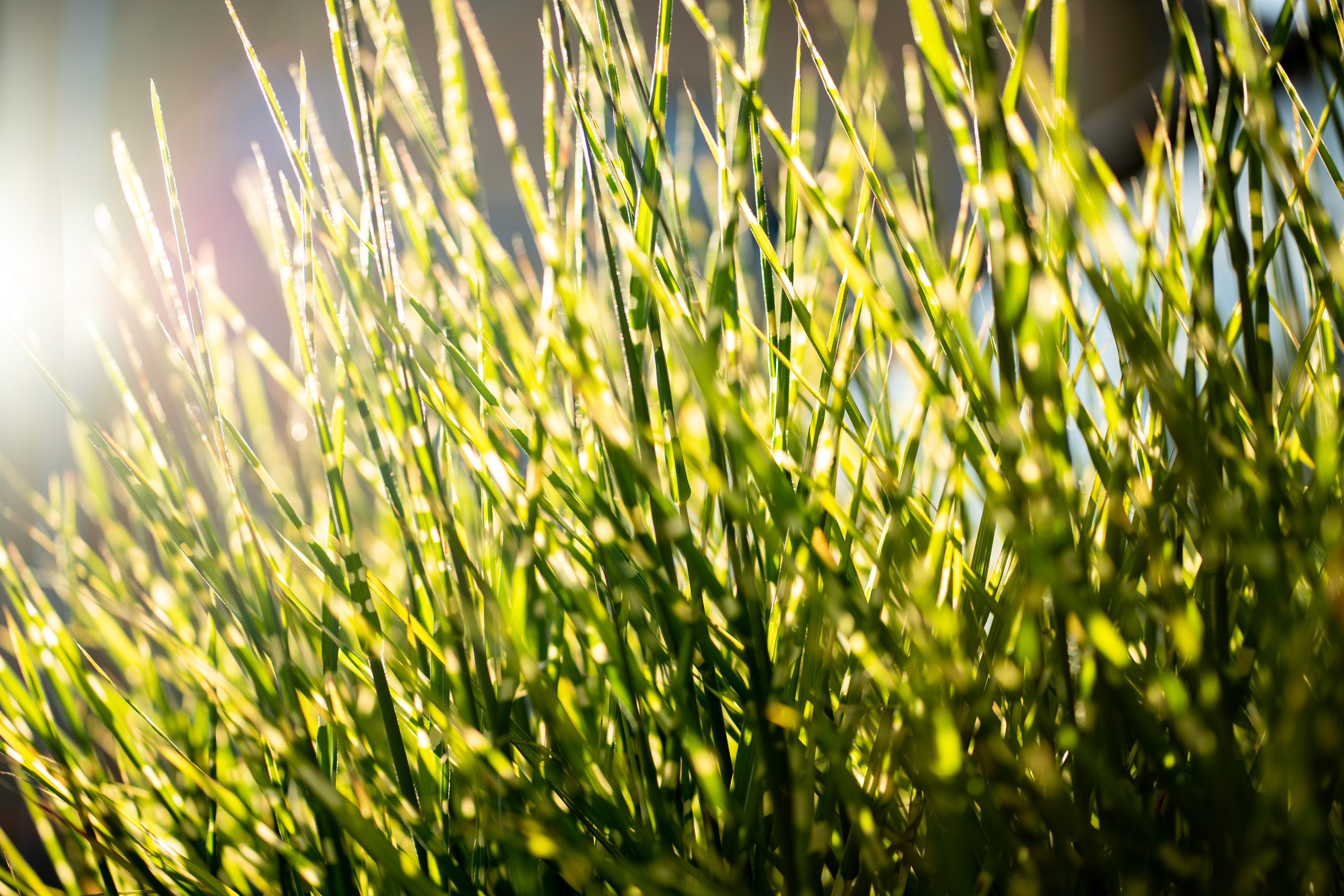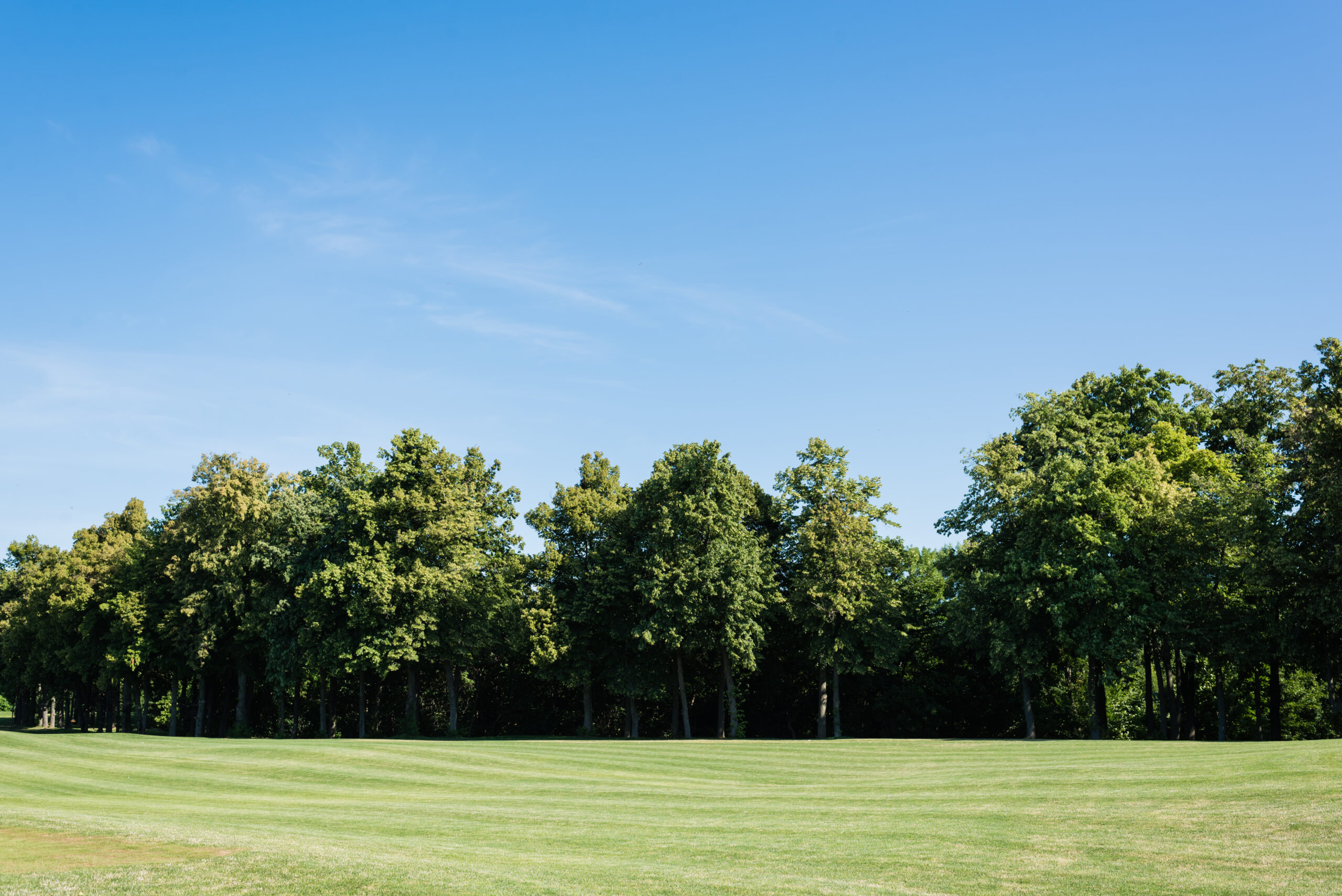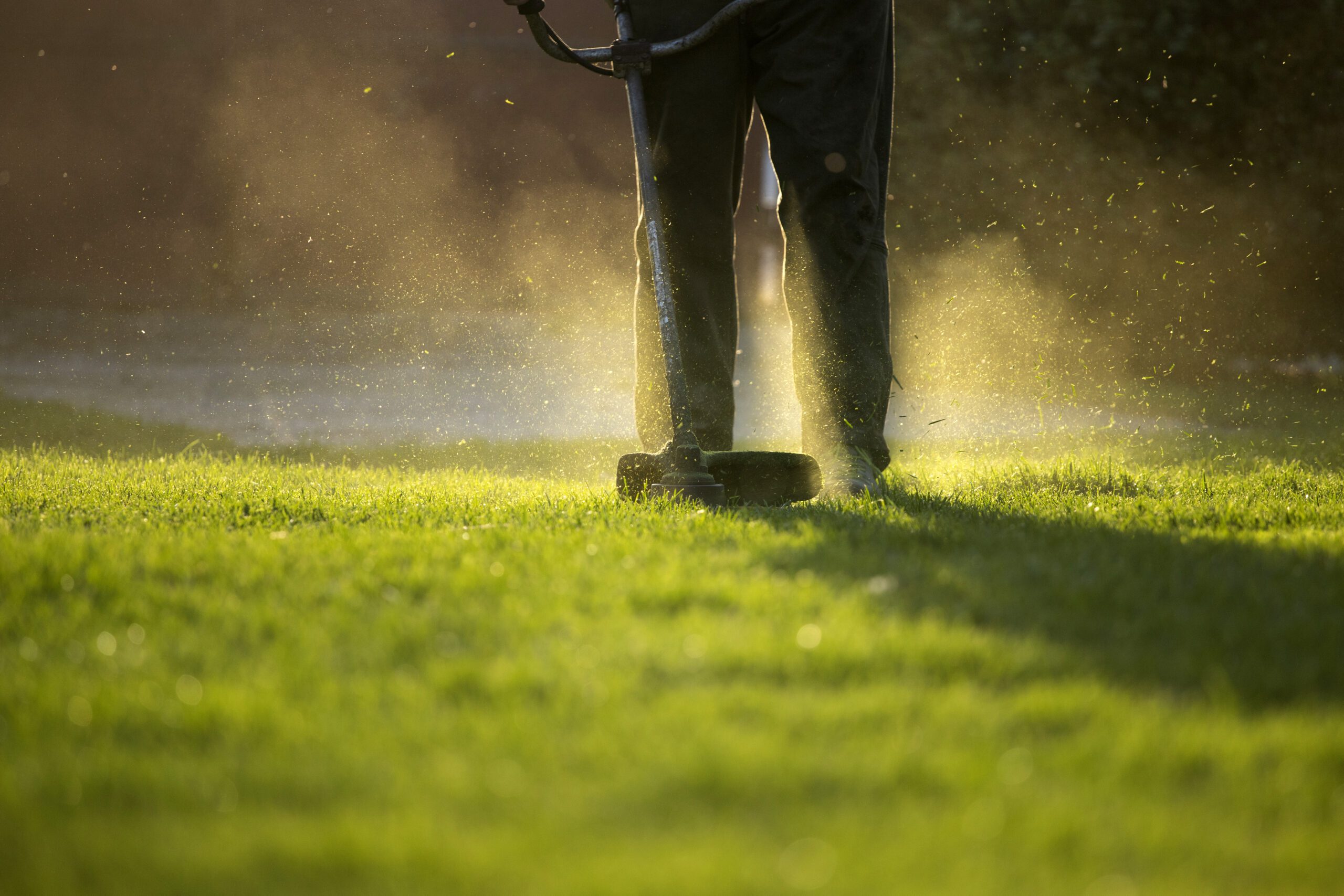Powdery mildew on grass may look harmless at first, but this white, dusty fungus can weaken turf and limit your lawn’s growth if ignored. Grand Ledge homeowners often encounter this disease in shaded, poorly ventilated areas—especially during humid conditions in late spring and early fall.
In this post, we’ll explain what powdery mildew is, how to identify it, and the best ways to treat and prevent it so your lawn stays green and healthy all season long.
What Is Powdery Mildew on Grass?
Powdery mildew is a fungal disease caused by Blumeria graminis, which affects cool-season grasses like Kentucky bluegrass and fine fescue. It appears as a white or grayish powder on the surface of grass blades. Over time, it slows photosynthesis and causes grass to yellow and thin out.
How to Identify Powdery Mildew on Your Lawn
Spotting powdery mildew on grass is fairly easy if you know what to look for:
- White or gray powder on the surface of individual blades
- Yellowing grass underneath infected areas
- Most common in shaded, moist areas with poor airflow
- Infection spreads during humid and cloudy days with little sun
What Causes Powdery Mildew in Grand Ledge Lawns?
This disease thrives in Grand Ledge neighborhoods where lawns are:
- Planted in densely shaded areas (under trees or between buildings)
- Watered in the evening when moisture lingers overnight
- Cut too high, reducing air circulation near the soil surface
Fortunately, you can change your lawn care habits to make conditions less favorable for mildew to grow.
How to Treat Powdery Mildew on Grass
If your lawn is already showing signs of infection, try these steps:
- Increase sunlight exposure: Trim back low tree branches to improve light penetration.
- Water early in the day: This allows grass to dry before nightfall, reducing fungus activity.
- Apply a fungicide: Choose a turf-safe fungicide labeled for powdery mildew. Reapply as needed.
- Improve airflow: Core aeration helps reduce surface moisture and allows the grass to breathe.
How to Prevent Future Outbreaks
Prevention is key when it comes to lawn fungus. Here’s how to minimize your risk:
- Use disease-resistant grass seed when reseeding shady zones
- Aerate your lawn annually to reduce compaction and increase oxygen flow
- Follow proper mowing practices: Avoid excessive blade height in shaded areas
These practices not only reduce fungal pressure but also improve your lawn’s overall health and color.
Need Help Managing Lawn Fungus in Grand Ledge?
At LawnTech in Grand Ledge, we help homeowners treat and prevent turf diseases like powdery mildew on grass. From proper lawn evaluations to targeted treatment plans, we’ll keep your lawn protected and thriving all season long.
Say goodbye to that white powdery lawn problem.
Schedule a lawn disease inspection with LawnTech today and enjoy a greener, healthier yard.




